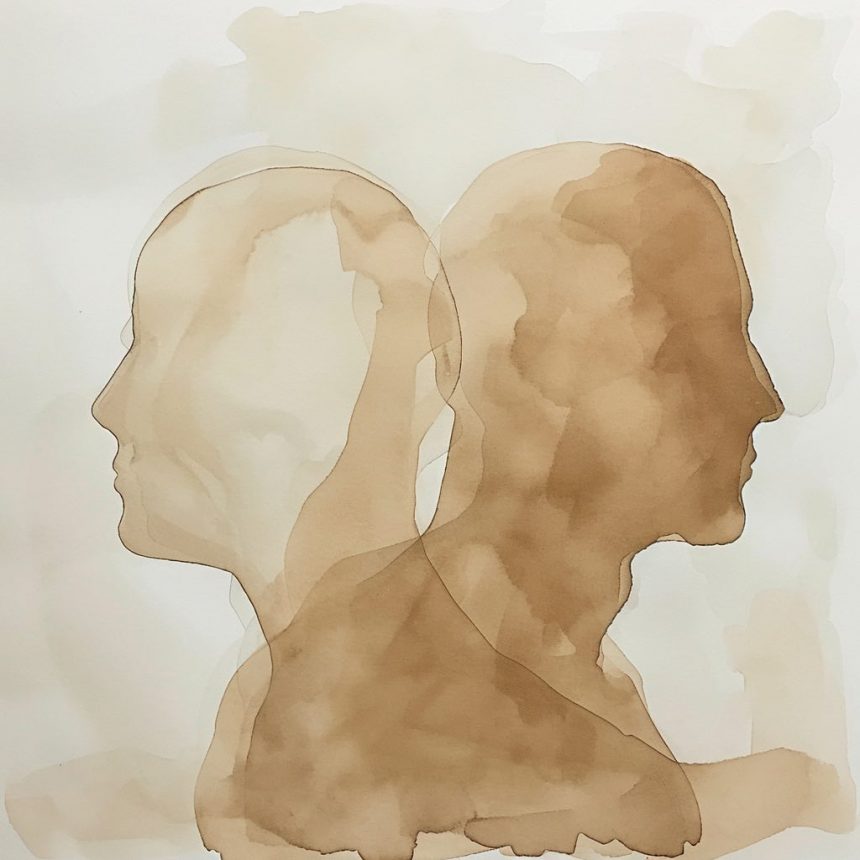In this series, I’m reviewing the Cliff Notes of everything I should have learned in medical school, but didn’t- and everything I’ve learned since I finished my medical training about healing from my own research and self-study. If you haven’t yet read the first 10 revelations about healing that I didn’t learn in medical school, please read Part 1 here, Part 2 here, Part 3 here, Part 4 here and Part 5 here. Learn more and register for INSPIRED here.
35. Spirituality can facilitate healing, but “spiritual bypassing” impedes it. Healing requires contained but free expression of pent up or repressed emotions, especially boundary-protecting anger, flow-inducing grief and sadness, mate-retention jealousy, and other difficult feelings, like helplessness, hopelessness, worthlessness, and shame. Healthy spirituality that does not bypass feeling all emotions or healing and addressing trauma improves health outcomes, most likely by fostering nervous system regulation, via comforting beliefs, the nurturing care of others in safe spiritual communities, experiences of awe and wonder, tapping into something larger than your individual self, feeling your value and knowing you belong, that there’s a place in the larger scheme of things for exactly you. Especially for trauma survivors who grew up with a “not enough” wound, spirituality can help people feel good enough, loved enough, and safe enough. By tapping into the unconditional love of our own higher Self- and feeling that higher Self’s connection to some primal, cosmic Source, we can experience a deeper, more authentic sense of who we really are. Probably for this reason, trauma survivors are often drawn to spirituality and have strong spiritual seeking tendencies. The problem comes when emotion-denying religious or New Age spiritual beliefs are used to demonize emotions, which impedes healing. If religion or spirituality or the idea of “unconditional love” or the glorification of zen-like dispassionate equanimity in situations where strong emotions would be normal is used to justify conflict avoidance and keep you in unhealthy relationships, cult-like groups, or toxic work environments, spirituality can absolutely interfere with healing and harm your health.
36. Engagement with social justice at the social and political level lies at the root of any true spirituality. Many religions or spiritual communities falsely claim superiority over those they oppress in the name of “God” or “caste.” But those operating from a true spirituality are dogma-free and oppress no one. Christian nationalists and Q-Anon adjacent New Agers are not “spiritual;” they’re oppressors using spiritual bypassing techniques and beliefs to subjugate those they view as “less than” in the name of religion and spirituality.
37. Healthy spirituality will always stand for human rights and social justice for all. Any spirituality that upholds oppression, white supremacy, gender discrimination, homophobia or transphobia, class discrimination, colonization, genocide, rape, caste systems, or ableism in the name of religion or spirituality is traumatizing abuse, not spirituality.
38. Healing an individual requires healing sick systems. There’s no such thing as healing an individual, separate from the systems that can make us sick. We can exert a great deal of effort “doing the work” to heal ourselves. But the idea of an individual healing all on their own is a comforting but erroneous delusion. Collective trauma must be healed collectively and systemically. Healing cannot be complete unless the systems that traumatize us are also healed and changed at the political and systemic level. As long as white supremacy, sexism, extractive end stage capitalism, and other oppressive, nature-violating, patriarchal systems still harm creatures on this planet, any particular individual can only heal so much.
39. Group healing is a spiritual practice. When safe, cult-proofed, non-oppressive groups come together with the intention of healing and bonding, healing can happen, and sometimes it’s quite mysterious. If you add art, music, ritual, beauty, and other trauma-supportive practices to a group bond, things can get exponential. Researchers call it the “mega-placebo effect.” Religious folks call it “miracles.” Think of pilgrims who gather at places like Lourdes in France. Is it really the walls of the grotto or the magical water that sometimes leads to cures? Or is it the group field of people gathering with open hearts and a lot of Self energy, coming together with the intention of healing each other?
40. Circles heal. Healing does not happen alone or in hierarchical power structures. Indigenous communities and groups like the Quakers have known that circles of humans help us heal for a long time. The very same people gathered together with the intention of healing have less impact when they’re sitting in rows or when one person is up on stage. Circles are an equalizing force, facilitating shared power, rather than power over. Power over dynamics impedes healing. Circles help us heal.
41. Life force can be contagious. The more bonded the group, the more powerful group life force can be as a force for healing. Group bonding can arise as the result of singing and dancing together, undergoing initiatory rituals together, surviving a trauma and healing together, creating art together, experiencing strong emotions like love or ecstasy or grief or rage together, feeling safe to be emotionally and expressively authentic in a shared space, and engaging in spiritual practices together. This is why cults can be so attractive, because they offer this kind of group bonding experience- and then they manipulate it. If you can engage in the group bond using non-hierarchical power structures, without the power-abusing leadership or hierarchies of power over/ power under, if you can heal together without “group think” or coercive control, if you can retain your own critical thinking, common sense, and ability to challenge the leadership, healing can happen more powerfully– together. Learn more and register for INSPIRED here.






